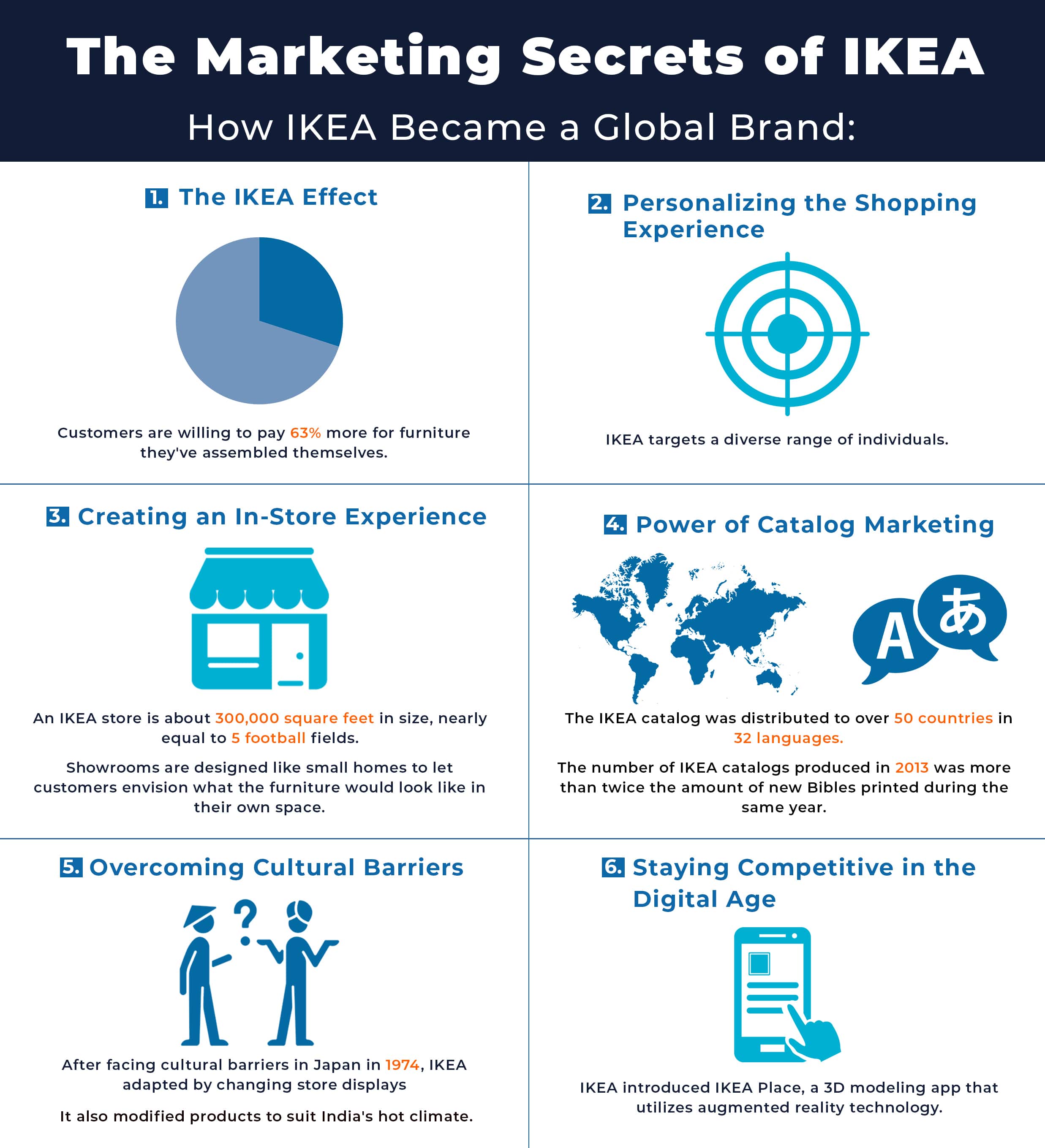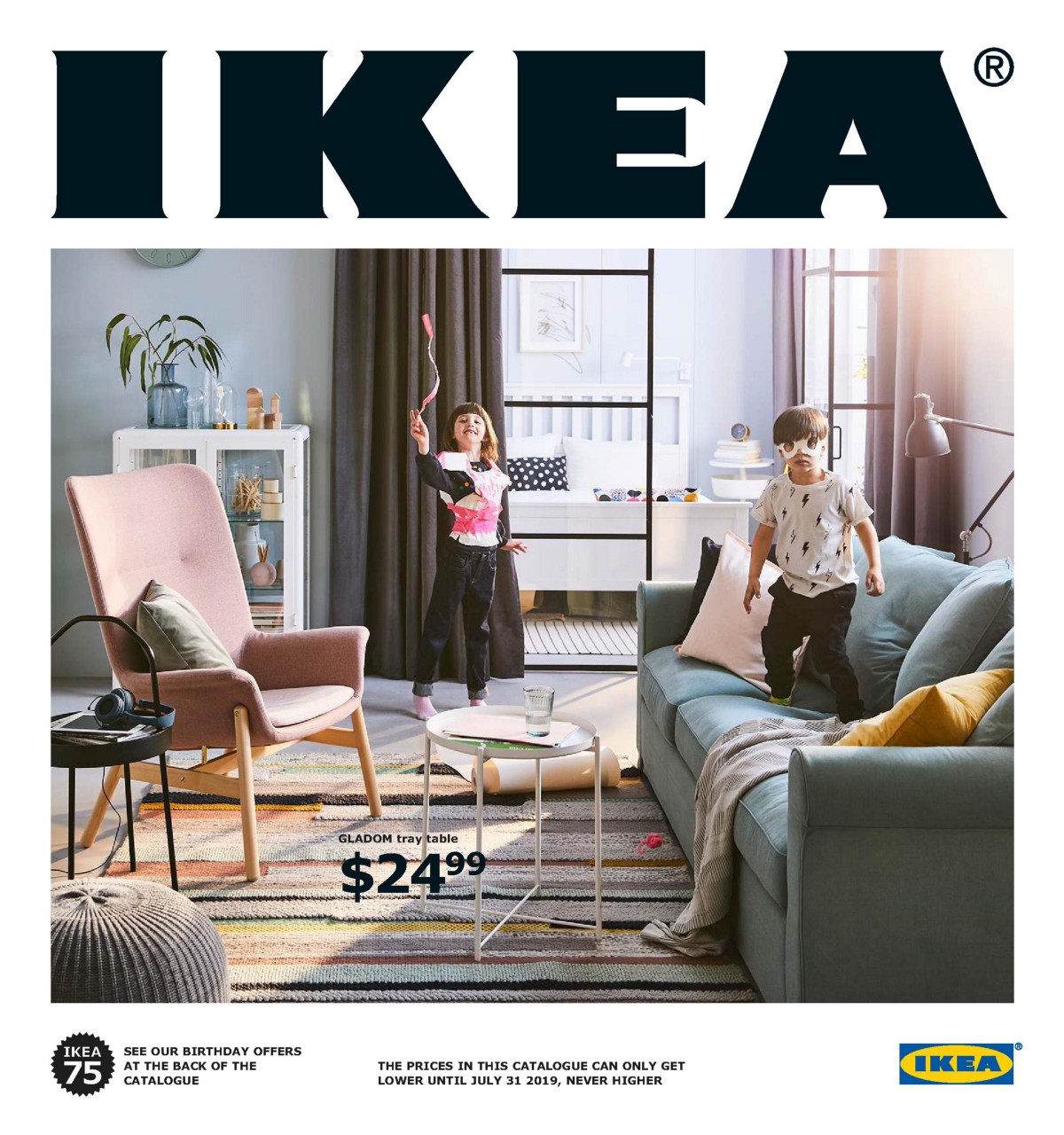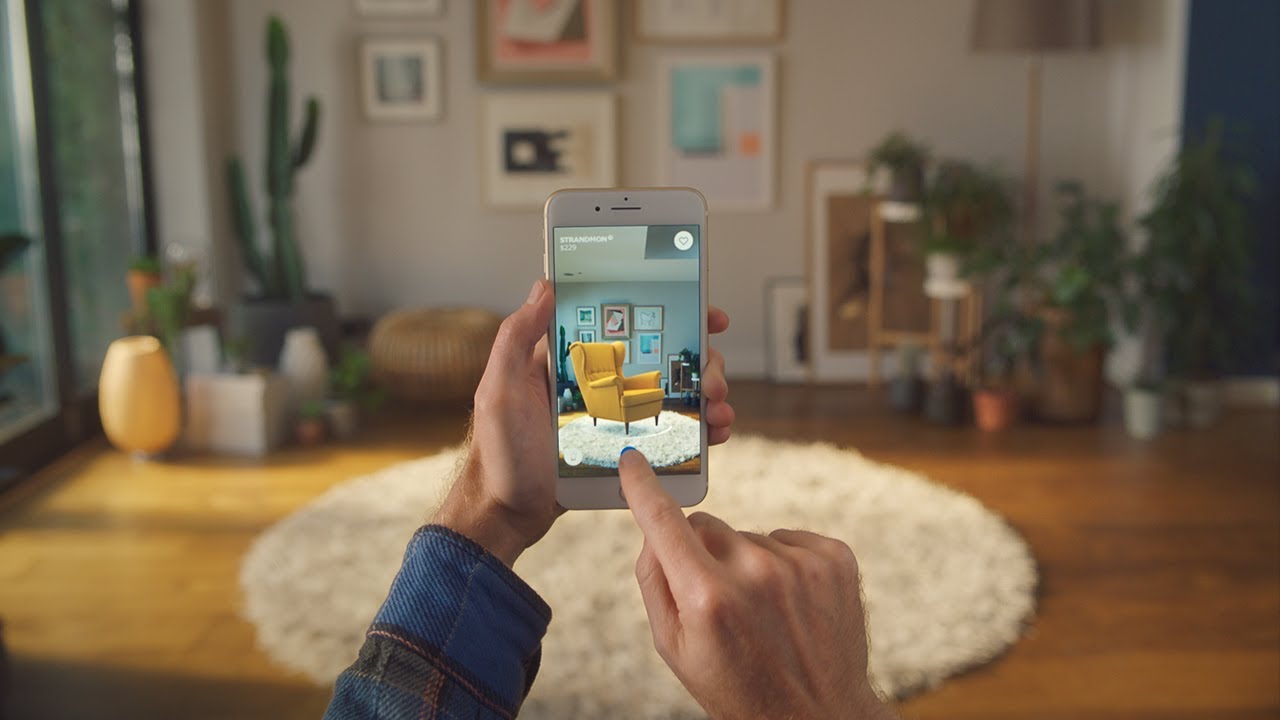Hey, we hope you learned something new!
Let the Parkyd Digital team help you to grow your business, we are just a call away.
Home > Industry Insights > IKEA Marketing Strategy: How the Furniture Giant Built a Global Brand

In 1943, a 17-year-old Swedish entrepreneur named Ingvar Kamprad started a direct import and mail order business, selling everything from matches to pens. Little did he know that this venture would eventually lead to the founding of one of the most successful furniture brands in the world - IKEA.
Today, IKEA has over 422 stores in 50 countries, and its popularity is due in large part to its clever marketing tactics. In this post, we'll dive into some of the key strategies that have made IKEA a household name.
One of IKEA's most well-known marketing tactics is what's commonly referred to as "the IKEA effect." By requiring customers to assemble their own furniture, IKEA has turned them into co-creators of value. Studies have shown that people value products more when they invest time and effort into them. As a result, customers are willing to pay 63% more for furniture they've assembled themselves.
This tactic has transformed IKEA's customers into loyal brand advocates. People feel a sense of pride and accomplishment when they've successfully assembled an IKEA product, and they're more likely to recommend the brand to others.

IKEA's marketing strategy also includes personalizing the shopping experience for each customer group. By targeting a diverse range of individuals, including bachelors, newly-married couples, retirees, students, and professionals, IKEA has something for everyone.
The brand understands that different age groups have different needs, and they cater to those needs accordingly. For example, they offer affordable furniture options for students and young professionals, and they have ergonomic furniture for retirees.
IKEA's massive stores, which are about 300,000 square feet in size, offer a unique in-store experience. The showrooms are designed like small homes, which allows customers to envision what the furniture would look like in their own space. The products are arranged in beautifully lit mock rooms, which creates an impulse to purchase.

The store's long, circular, one-way showrooms can be frustrating to navigate, but that's intentional. Ingvar Kamprad was inspired by the Guggenheim Museum in New York, which has strict and structured guidance for visitors. He applied this concept to the layout of IKEA stores, leading customers through a specific path to encourage them to explore the entire store.
IKEA also understands that shopping can be tiring, so they've added amenities like restaurants and play areas for kids. The restaurants serve affordable food, including their famous Swedish meatballs, which keeps customers in the store longer and reinforces the idea that everything at IKEA is affordable.
Before IKEA had physical stores, they operated as a mail-order business. In the 1950s, Kamprad created a brochure to promote their merchandise and distribute coupons, followed by a more comprehensive catalog in 1951. Kamprad himself wrote most of the catalog's content, and over time, it evolved from a display of products to a highly anticipated publication.
Today, the IKEA catalog is distributed to over 50 countries in 32 languages. They even change the catalog depending on the country where it's being distributed - for example, they've photoshopped pictures of women out of the catalog in Saudi Arabia.

In 2021, IKEA discontinued its catalog production, but it remains a beloved part of the brand's history. The IKEA Museum in Älmhult features an exhibit on the catalog's production process, and visitors can even create their own cover photos.
IKEA faced cultural barriers in Japan in 1974 due to its European store layout and do-it-yourself furniture concept. In 2006, IKEA adapted to Japanese lifestyles by changing store displays. They also researched and set up displays for small bedrooms in South Korea in 2014. IKEA modified products to suit India's hot climate during its debut in 2018. The company has also created memorable advertising campaigns tailored to different cultural needs.
In 2015, IKEA aimed to increase its online presence by revamping its website and introducing IKEA Place, a 3D modeling app that utilizes Apple's augmented reality technology to help customers visualize furniture in their personal spaces without using a measuring tape. To further enhance their online shopping experience, IKEA launched IKEA Studio in 2021, which enables customers to design rooms using IKEA furniture.

IKEA's marketing strategies have turned their brand into a global phenomenon, and for good reason. Their personalized shopping experiences, unique in-store displays, and innovative catalog marketing have all contributed to their success. By overcoming cultural barriers and staying relevant in the digital age, IKEA has proven that they are a brand that can adapt and thrive. It's no surprise that they are a household name, and we can't wait to see what new and exciting tactics they have up their sleeve.
We are an expert B2B HubSpot marketing agency with decades of experience in marketing automation. We help businesses implement and optimize HubSpot's ecosystem, ensuring seamless integration across Marketing Hub, Sales Hub, Service Hub, and CMS Hub. Our expertise extends beyond HubSpot to growth marketing, paid media, and design & development—giving businesses the right tools and strategies for long-term success.
2025 - Parkyd Digital | All Right Reserved
Privacy Policy | Terms & Conditions

Hey, we hope you learned something new!
Let the Parkyd Digital team help you to grow your business, we are just a call away.
Click here to grow your business